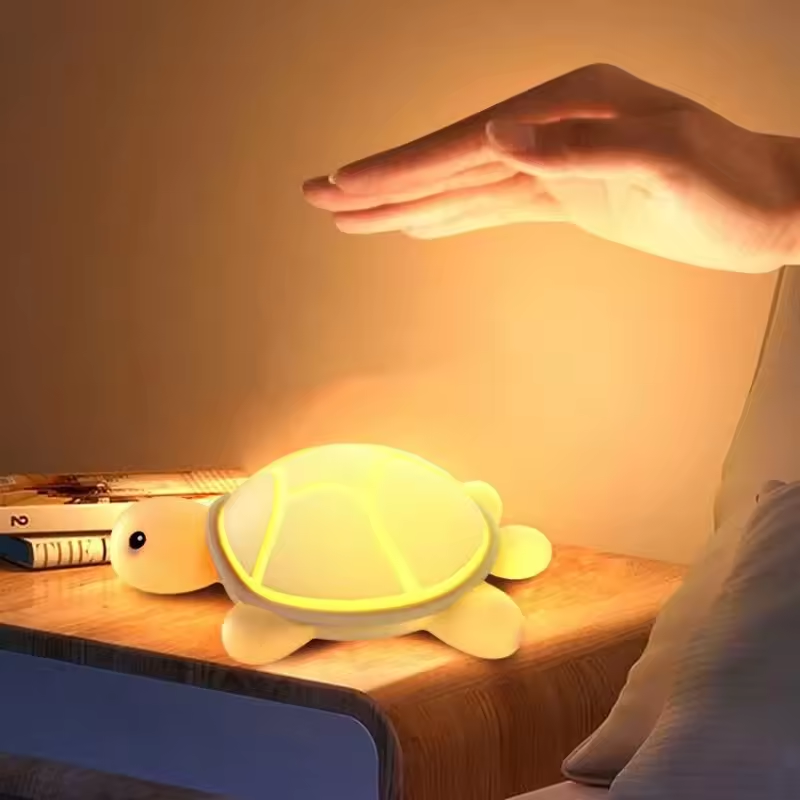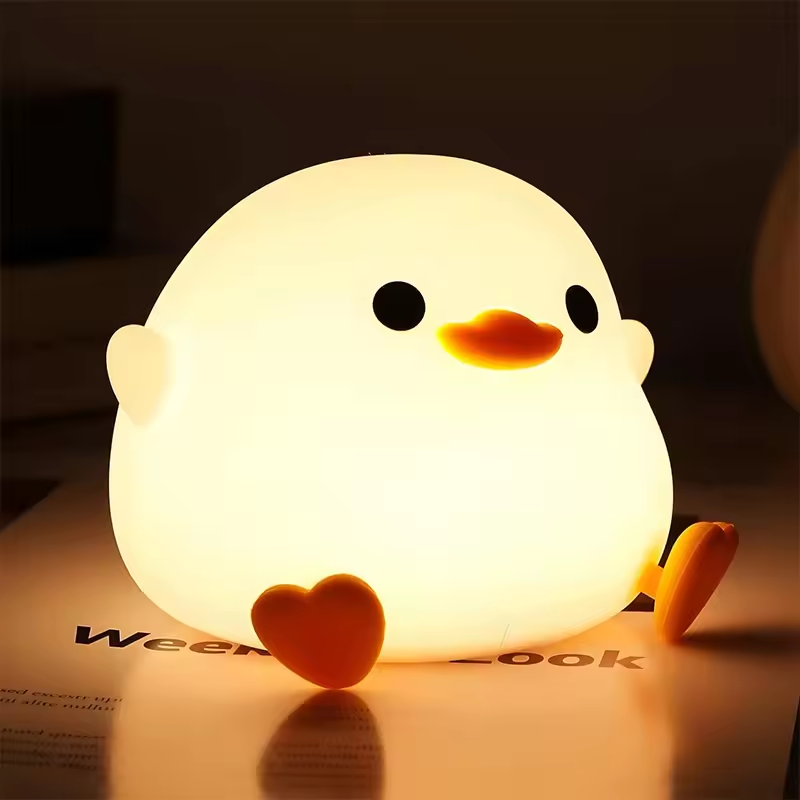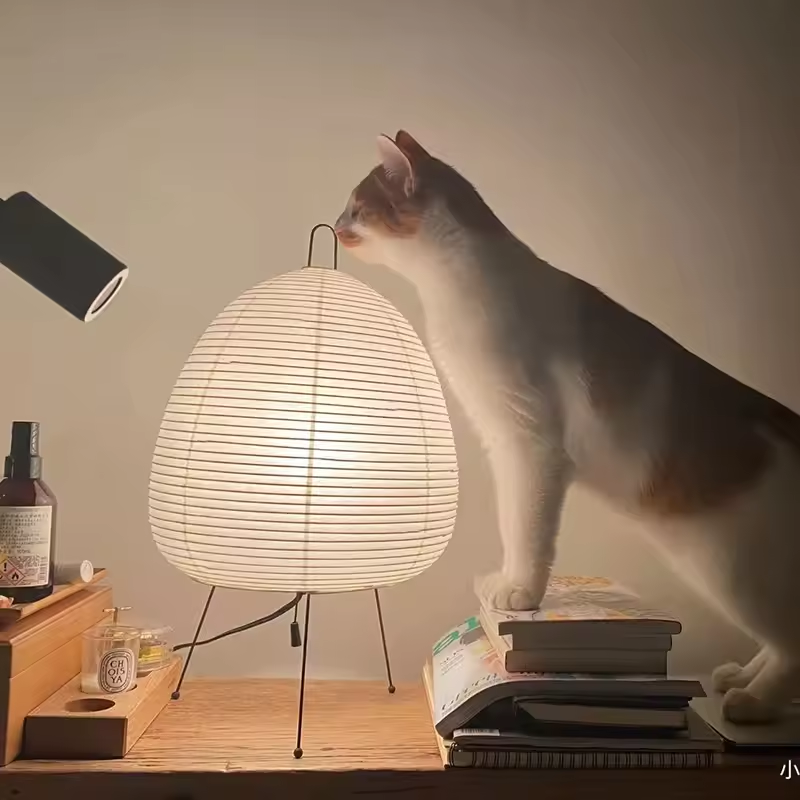 Introduction:
Introduction:
The choice between fluorescent light and LED (Light Emitting Diode) is an important consideration when it comes to lighting solutions. Both options have their own advantages and disadvantages, and understanding their differences is crucial for making an informed decision. In this comprehensive guide, we will explore the characteristics, energy efficiency, lifespan, environmental impact, and other factors that differentiate fluorescent lights from LED lights. By understanding these aspects, individuals can make the right choice for their lighting needs.
Characteristics of Fluorescent Lights
Construction and Functionality:
Fluorescent lights consist of a long glass tube filled with a gas and a small amount of mercury vapor.
The light is produced when an electric current activates the mercury vapor, causing it to emit ultraviolet light and then pass through a phosphor coating to create visible light.
Types of Fluorescent Lights:
There are different types of fluorescent lights, including compact fluorescent lights (CFLs) and linear fluorescent lights (LFLs).
CFLs are more commonly used in homes, while LFLs are prevalent in commercial and industrial settings.
Advantages of Fluorescent Lights:
Cost-Effective: Fluorescent lights are generally more affordable compared to LED lights.
Wide Availability: Fluorescent lights are readily available in various sizes and colors to suit different lighting requirements.
 Characteristics of LED Lights
Characteristics of LED Lights
Construction and Functionality:
LED lights are semiconductor devices that produce light when an electrical current passes through a microchip, emitting photons.
Advantages of LED Lights:
Energy Efficiency: LED lights are known for their high energy efficiency, consuming significantly less energy compared to fluorescent lights.
Long Lifespan: LED lights have a longer lifespan, typically lasting 25,000 to 50,000 hours or more.
Environmental Friendly: LED lights contain no harmful substances such as mercury and are more environmentally friendly to dispose of.
Some common LED light colors:
LED lights are available in a wide range of colors, providing various options for different lighting needs and creating different moods and atmospheres. Here are some common LED light colors:
Warm White: Warm white LED lights have a yellowish hue and emit a soft, cozy, and inviting glow. They closely resemble traditional incandescent lighting and are commonly used in residential settings, such as living rooms, bedrooms, and dining areas.
Cool White: Cool white LED lights have a bluish-white tint and provide a brighter, crisper, and more energetic light. They are often used in task lighting or functional spaces like kitchens, bathrooms, offices, and retail environments.
Daylight White: Daylight white LED lights mimic the natural daylight spectrum, offering a balanced and bright light. They are often used in areas that require accurate color rendering, such as art studios, workshops, or retail spaces.
RGB Colors: RGB (Red, Green, Blue) LED lights can produce a nearly limitless range of colors by combining different intensities of the three primary colors. These lights are popular for decorative purposes, allowing for dynamic and customizable lighting effects. They are frequently used in entertainment venues, event decorations, and smart home lighting systems.
Tunable White: Tunable white LEDs allow you to adjust the color temperature of the light, seamlessly transitioning between warm white and cool white. This feature is often used in applications where the lighting needs to adapt to different settings, such as in offices, hospitals, or residential areas where a versatile lighting ambiance is desired.
Special Colors: Some LED lights go beyond the standard color spectrum, offering special colors like amber, pink, purple, or even multi-colored options. These lights are commonly used in holiday decorations, parties, or unique lighting installations.
It’s important to note that the perception of color can vary between different manufacturers and models of LED lights. When selecting LED lights, consider factors such as the desired ambiance, functionality, and aesthetics of the space to determine the most suitable color temperature and type of LED lighting for your specific needs.
 Energy Efficiency and Cost Comparison
Energy Efficiency and Cost Comparison
Energy Efficiency:
LED lights are more energy-efficient, converting a higher percentage of electricity into visible light compared to fluorescent lights.
LED lights consume less electricity, resulting in lower energy costs over time.
Initial Cost vs Long-Term Savings:
While LED lights may have a higher upfront cost compared to fluorescent lights, their long lifespan and energy efficiency lead to significant long-term savings.
LED lights require less frequent replacement, reducing maintenance costs over time.
Environmental Impact
Mercury Content:
Fluorescent lights contain small amounts of mercury, making them potentially hazardous to the environment if not properly disposed of.
LED lights do not contain mercury and are therefore considered more environmentally friendly.
Carbon Emissions:
LED lights produce lower carbon emissions compared to fluorescent lights, contributing to reduced environmental impact and combatting climate change.
Section 5: Other Factors to Consider
Light Quality:
LED lights generally provide a more consistent and cooler light, reducing the risk of color distortion or flickering.
Fluorescent lights may produce a warmer light that can vary in quality and consistency.
Dimming and Control Options:
LED lights offer seamless dimming capabilities and are compatible with various lighting control systems.
Fluorescent lights may require additional equipment or may not be compatible with certain dimmers.
Application and Versatility:
Both LED and fluorescent lights have various options and sizes suitable for different applications, such as residential, commercial, or industrial settings.
LED lights offer a wider range of color temperatures, providing versatility and customization options.
 Some important considerations for maintaining each type:
Some important considerations for maintaining each type:
Fluorescent lights and LED lights have different maintenance requirements. Here are some important considerations for maintaining each type:
Fluorescent Lights:
Cleaning: Turn off the fluorescent light and allow it to cool before attempting any cleaning. Wipe the surface of the light fixtures and diffusers regularly to remove dust and dirt buildup. Use a soft cloth or sponge with a mild detergent or cleaning solution specifically designed for lighting fixtures.
Replacement: Fluorescent lights have a limited lifespan and will eventually need to be replaced. Keep track of the lifespan indicated on the packaging or consult the manufacturer’s guidelines to determine when replacement is necessary. It’s essential to replace the light bulbs with the correct wattage and tube type.
Ballast Maintenance: Fluorescent lights require ballasts to regulate the electrical current. If you notice flickering or difficulty in starting the lights, the ballast may need maintenance or replacement. Consult a professional electrician to handle any ballast-related issues.
LED Lights:
Dust and Dirt: Similar to fluorescent lights, LEDs also accumulate dust. Regularly clean the housing and lenses of LED fixtures using a soft cloth or sponge and a mild cleaning solution. Avoid abrasive materials or harsh chemicals that can damage the LED surface or coating.
Check for Dimming: If you notice a decrease in the brightness or performance of LED lights, check for any loose connections or damaged components. It may be necessary to tighten connections or replace faulty parts. Consult the manufacturer’s guidelines for specific troubleshooting steps.
Lifespan and Replacement: LED lights have a significantly longer lifespan compared to fluorescent lights. However, they will eventually require replacement. Keep track of the estimated lifespan provided by the manufacturer and plan for replacements accordingly. LED lights should be replaced with compatible fixtures or bulbs.
Energy Efficiency: LEDs are known for their energy efficiency. However, it’s a good practice to monitor energy usage and check for any unusual spikes. If there is a sudden increase in energy consumption or a decrease in LED performance, it may indicate a faulty component that needs replacement.
It’s important to follow safety guidelines and manufacturer recommendations when maintaining fluorescent lights and LEDs. If in doubt or if maintenance requires electrical expertise, it is advisable to consult a professional electrician for assistance
 Conclusion:
Conclusion:
The choice between fluorescent light and LED is crucial in determining the best lighting solution for various applications. LED lights offer significant advantages in terms of energy efficiency, longevity, and environmental impact. While fluorescent lights may have a lower initial cost, LED lights provide long-term savings, higher quality light, and a reduced environmental footprint. Assess the specific lighting needs, energy efficiency goals, and budget constraints to make an informed decision. Let this comprehensive comparison guide you in selecting the best lighting option for your needs, ensuring optimal efficiency, functionality, and environmental responsibility.



